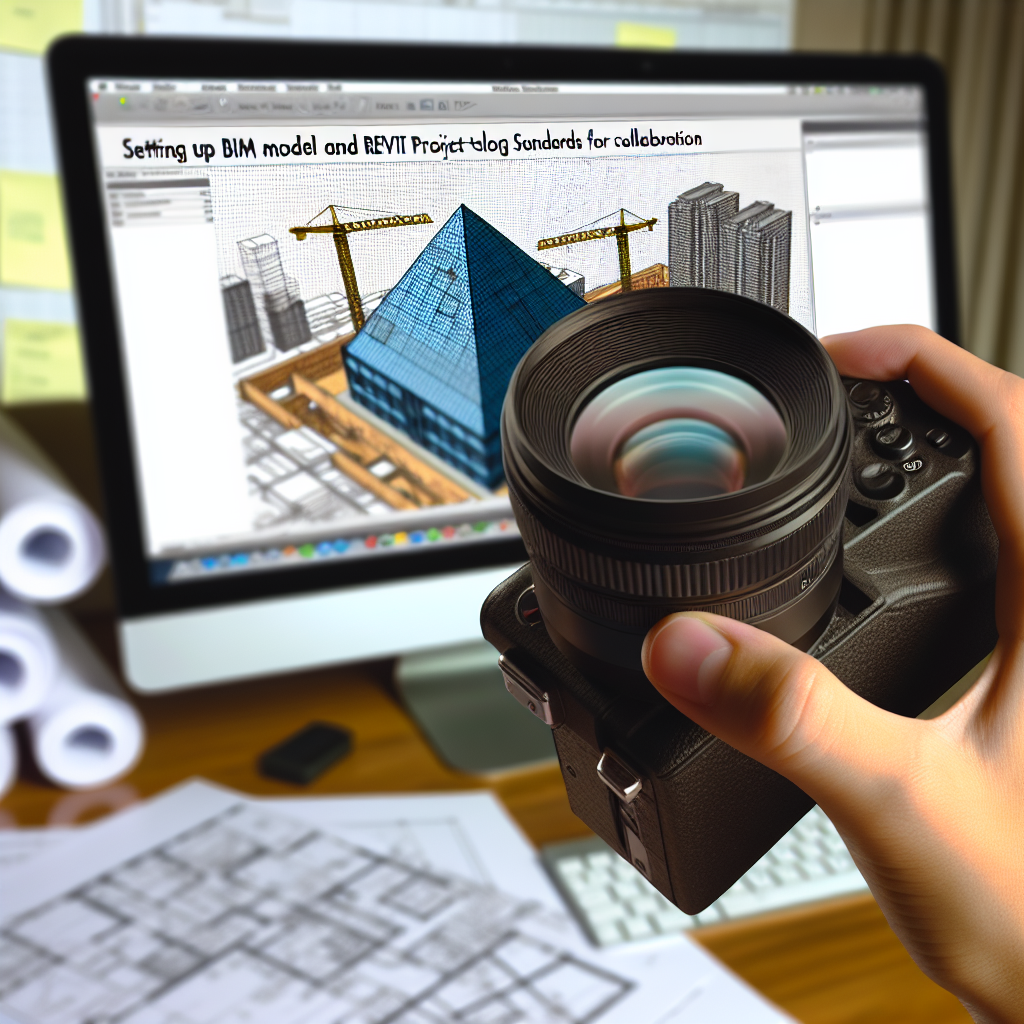Establishing effective standards and workflows is essential for successful collaborative Building Information Modeling (BIM) projects in Revit. This guide explores crucial steps to set up a shared BIM model and enforce Revit project standards, ensuring smooth cooperation among multidisciplinary teams and consistent project outcomes.
Establishing a Robust Revit Project Standards Framework for Collaboration
Creating a unified set of Revit standards is fundamental to a successful collaborative BIM environment. This process involves defining consistent naming conventions, setting up shared parameters, and establishing template files that serve as the baseline for all team members. Consistency in element naming, annotation styles, and view templates minimizes confusion, reduces revision errors, and streamlines coordination across disciplines.
To implement effective standards, start by developing a comprehensive Revit template file (.rte) that includes predefined families, title blocks, view templates, and annotation settings. This standardized template acts as the foundation for all project files, ensuring uniformity from the initial design phases through construction documentation.
In addition, utilize shared parameters and set clear guidelines for their application. Shared parameters facilitate data consistency across multiple families and projects, enabling more efficient data management and reporting. Regularly review and update standards to accommodate project scope and team feedback, maintaining relevance and effectiveness.
Setting Up a Collaborative BIM Model Environment
Once Revit standards are established, the next step is configuring the collaborative BIM environment. This involves setting up a centralized BIM Collaboration System, such as Autodesk Revit Cloud Worksharing or BIM 360, which enables multiple users to work on the same model simultaneously without conflicts.
Effective collaboration also requires establishing clear workflows. Define roles and permissions for team members, specify file naming conventions, and schedule regular coordination meetings to review progress and resolve conflicts early. The use of model audit tools helps maintain model integrity and adherence to standards throughout the project lifecycle.
Moreover, implement strict version control and regularly backup the shared model. This ensures data security and provides a rollback point if issues arise. Employing a coordinated approach with integrated clash detection and issue management accelerates project delivery while maintaining high quality standards.
Finally, promote ongoing communication among team members through cloud-based platforms, supporting real-time collaboration and rapid problem-solving. By aligning everyone around a unified set of standards and a shared environment, project teams can greatly improve efficiency and accuracy on complex BIM projects.
Conclusion
Setting up collaborative BIM models and Revit project standards is vital for achieving consistency, efficiency, and clear communication within multidisciplinary teams. By developing comprehensive standards in templates and shared parameters, and establishing a centralized collaborative environment, teams can streamline workflows and ensure high-quality project delivery. Embracing these practices leads to more successful BIM projects and long-term client satisfaction.
